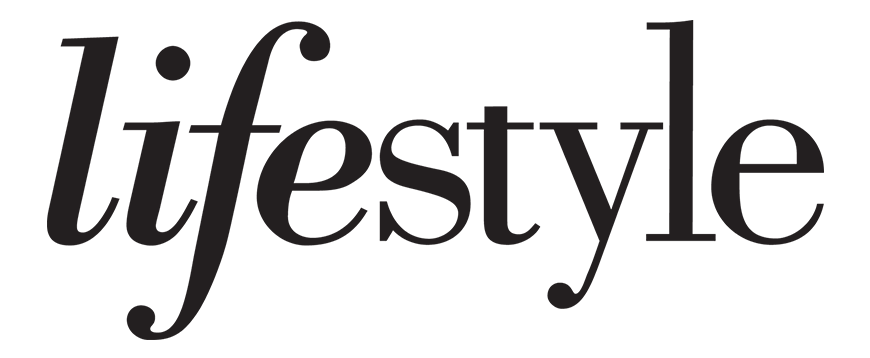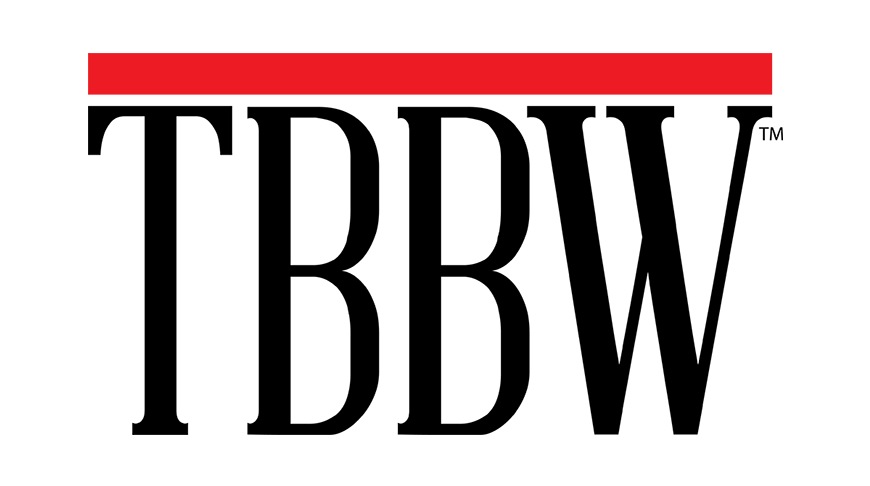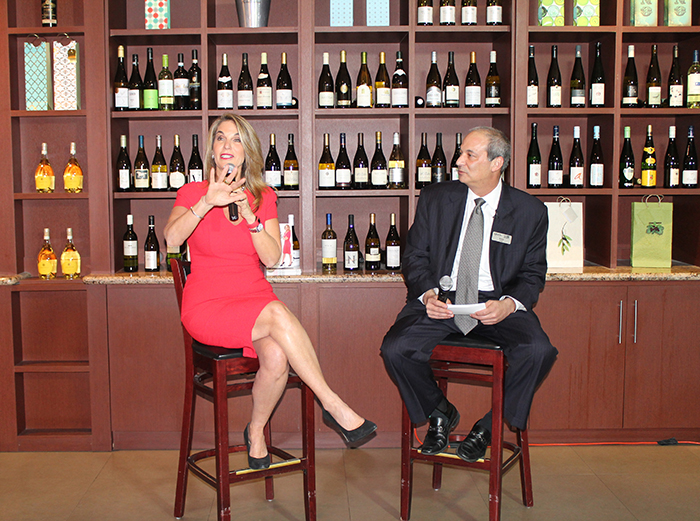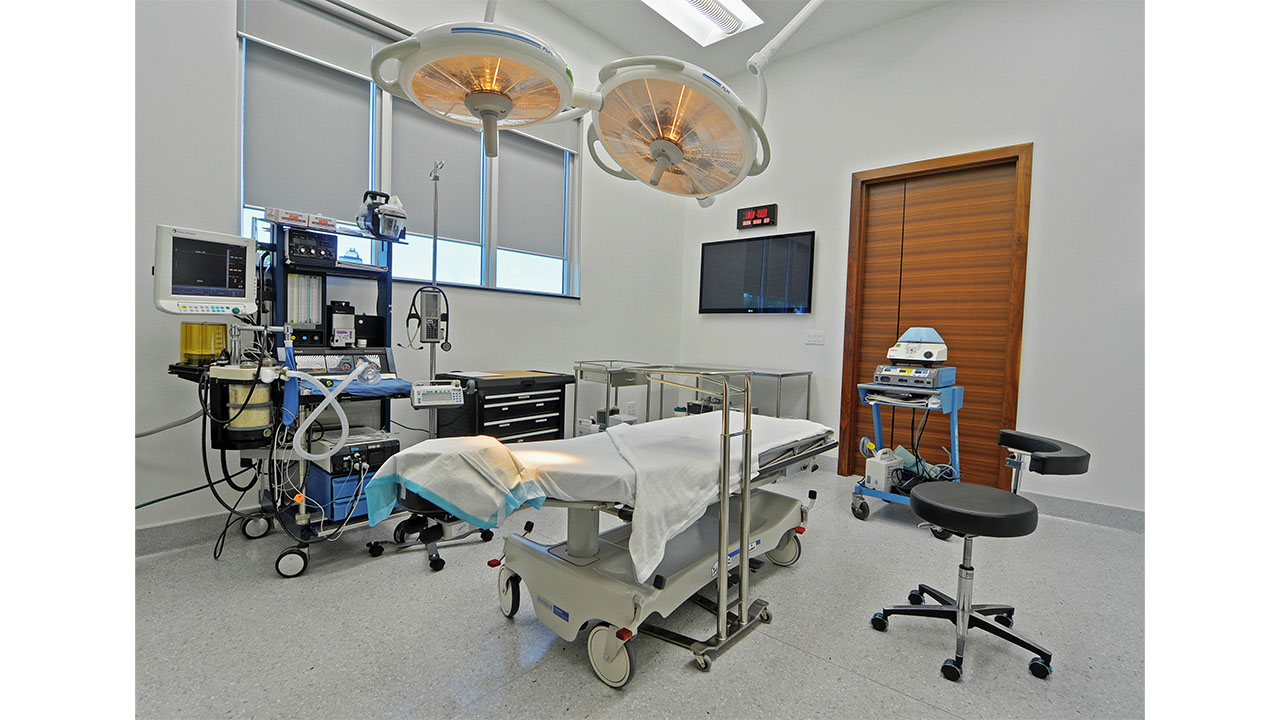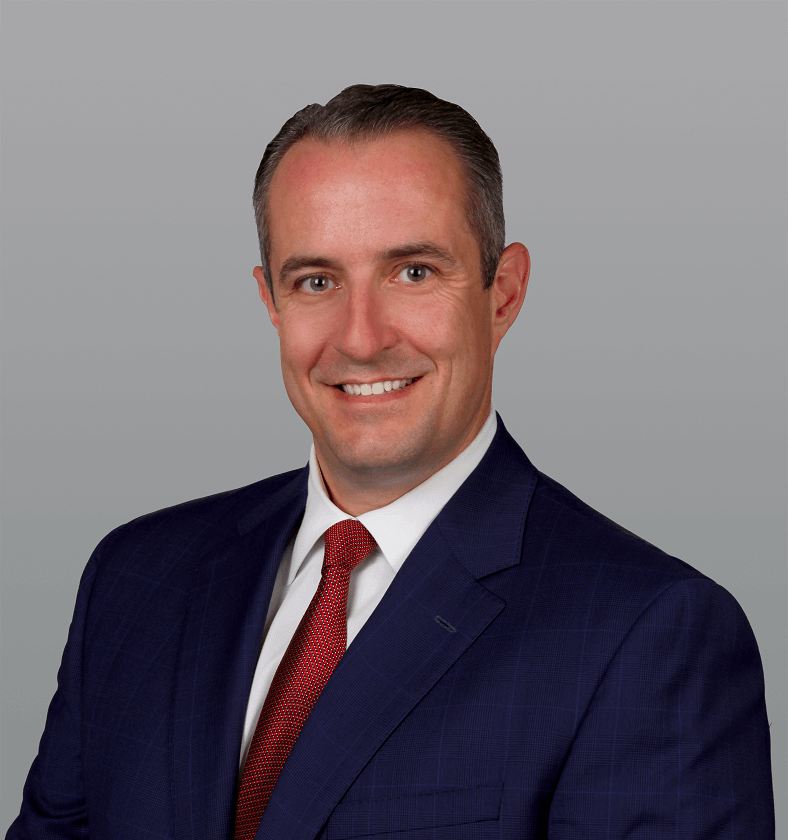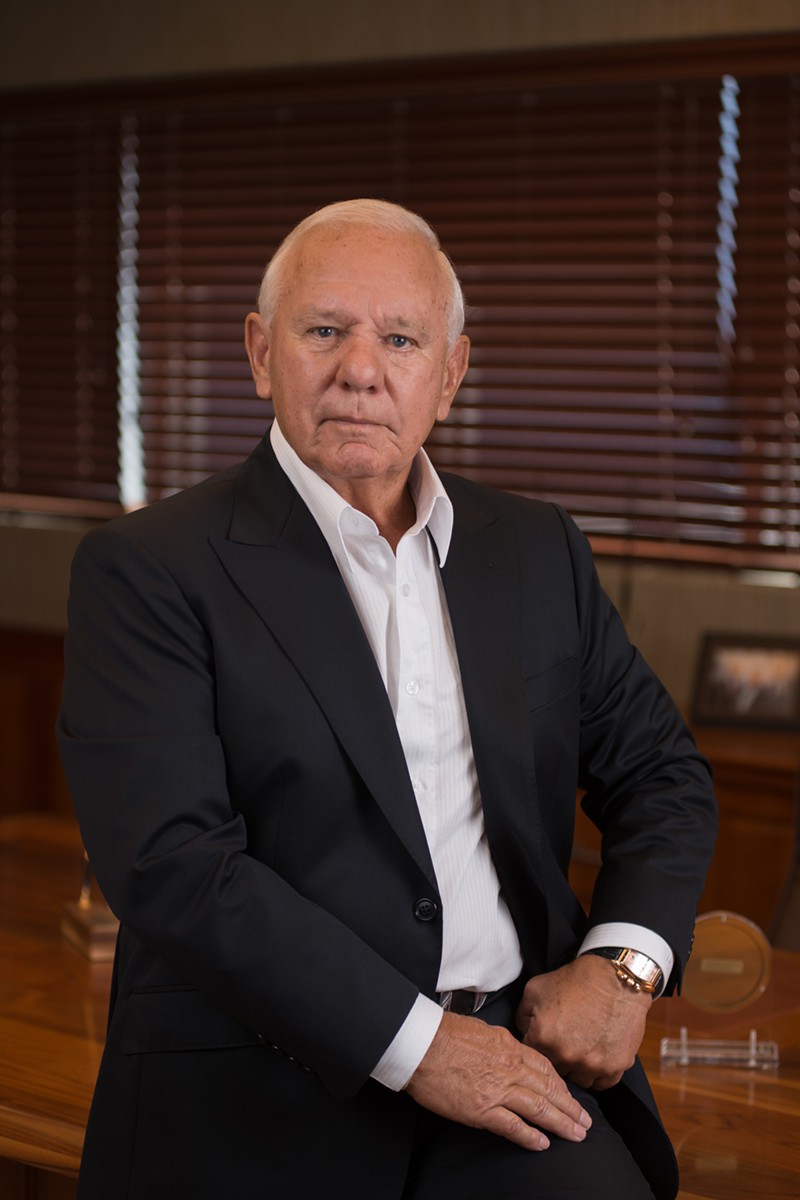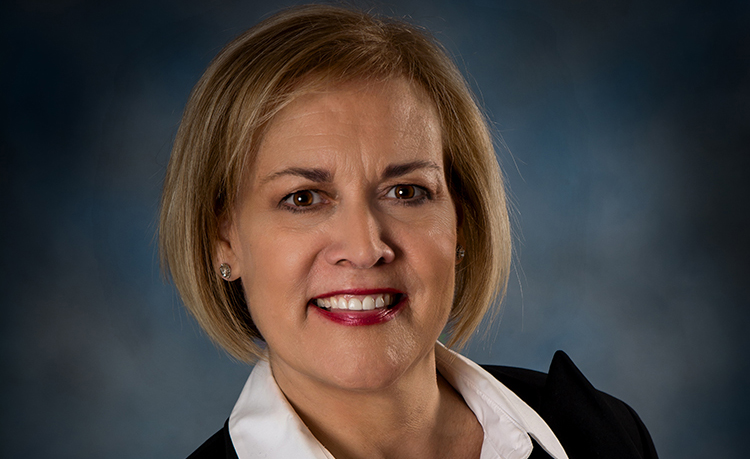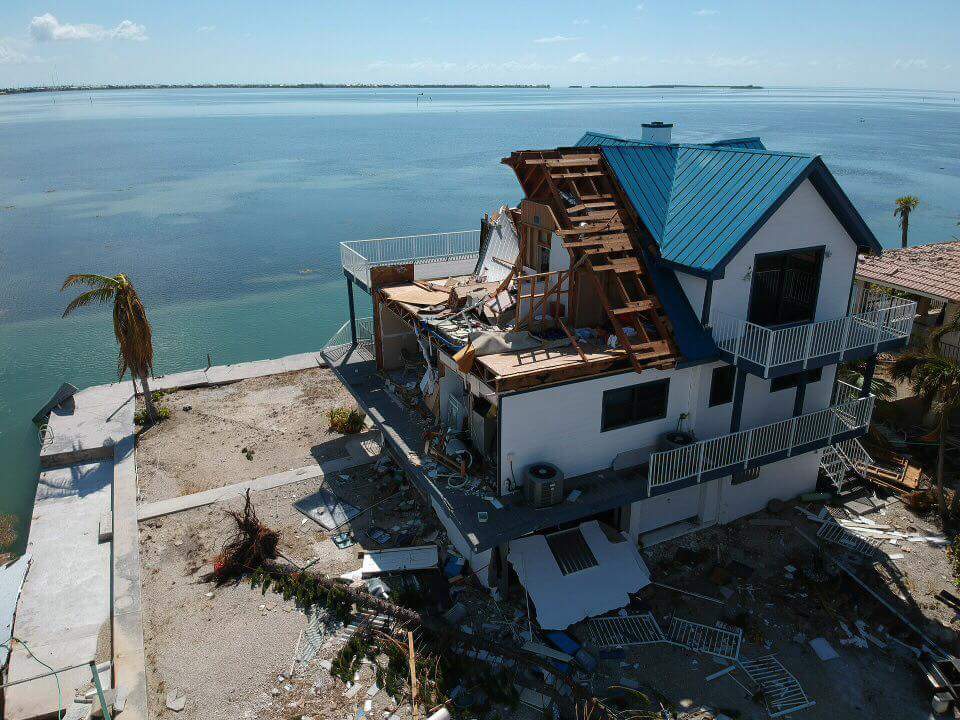Rachel Sapoznik crusades to change how we think about health care and insurance
Rachel A. Sapoznik is the founder, CEO and president of Sapoznik Insurance, a premier employee benefit and wellness solutions agency focused on education, health care and advocacy. She founded Sapoznik Insurance in 1987 and was among the first women to break into the field of employee benefits. In an increasingly complex legislative landscape, Sapoznik is recognized as one of South Florida’s leading health care reform experts. She and her company have been recognized with numerous accolades, including:
• South Florida Business Journal’s lists of Top Insurance Agencies, 100 Power Leaders, Influential Business Women and Top Corporate Giving/Corporate Foundations
• The “W” Award from the YWCA
• JAFCO’s (Jewish Adoption and Family Care Options) Woman of Valor Award
• The Greater Miami Chamber of Commerce Top 100 Minority Businesses
Sapoznik is on the boards of The Education Fund, the BBVA Compass South Florida advisory board, JAFCO and Engage PEO and is a member of the Strategic Forum. She and Sapoznik Insurance have teamed up with The Education Fund to present the Sapoznik Insurance Alumni Achievement Awards to honor successful graduates from Miami-Dade County public high schools. Sapoznik is a visionary who has built a road map to navigate today’s health care challenges and provide solutions for the future, which are outlined in her new book, “A Passion for Wellness: Healthy Employees, Healthy Bottom Line.”
Sapoznik was interviewed by SFBW Chairman and CEO Gary Press before a live audience at Hollywood Vine, a wine bar in Hollywood.
The following interview has been edited for brevity and clarity.
I heard you have an interesting story on how you entered the insurance field?
It was 1982 and I was working at a place called Linen Chest and finishing up school at FIU. I had a customer, Gloria, who was the manager of John Hancock. She said I would do really well in the insurance business. I said, “Are you kidding me? That’s for fat, old bald men.” She said, “Come in, let me see what you can do.”
I was told that you work on commission sales. You only get three months of salary. I was making $10 an hour selling sheets and linens… $400 a month was a lot of money. I was going to give that up for the “maybe” of selling insurance? I thought about it. I said, “I’m 22, I have no kids and I’m about to get married; now is the time.” Gloria was an amazing mentor. I was able to have incredible training at John Hancock.
Fast-forward five years, and I’ve had two babies. Anyone that’s in commission sales knows you have quotas. Guess what happens when you don’t meet your quota? You get fired. That’s how I started with Sapoznik Insurance in 1987 – I got fired from John Hancock and I had to start cold-calling from my house.
Was it tough to get into this industry that was so male-dominated at the time?
My first experience was incredible; I’ll never forget it. I ended up getting an appointment with a hotel called Pier Sixty-Six with a man named Dana. I called Gloria – she was still a friend of mine – and said, “What do I do?” And she said, “Just go over there, get the information, I’ll help you.”
There was a concept starting to emerge called HMOs and a company starting to come into the market called Humana. I came back to Gloria and she said, “I’m going to contact Humana and we’re going to put together a plan and save them money.” They were on a Cigna Indemnity PPO plan, which was the most expensive program, so it was easy to save them together.
We put together an incredible program. The next day, Dana called me and said, “Rachel, we love your presentation.” Then there was a pause. The pause always means you didn’t get the account. “However, we have had a long-standing relationship with Edward James. I’m sorry. We’re actually going to do everything you said, but we are going to stay with our current broker.”
I called Gloria and I asked her what I should do. She said, “Just ask him if he will let you sell voluntary products and have a payroll deduction slot.” I ran over there and said, “I know you are loyal and I know one day when I am your agent, you will be loyal to me. Will you allow me to come in and educate your staff, housekeeping, wait staff and management that nobody is talking to? He agreed. So, for the whole year, every month, I would go into Pier Sixty-Six and educate employees about their insurance – life insurance and disability. Humana was a new program and they had no idea how to use it, so they would come to me. At the end of the year, Dana came to me and said, “We’ve decided to give you the account because you have worked hard enough.”
As an incredible, successful and powerful businesswoman, how do you work with other women who look up to you?
I look at people; I don’t look at whether it is a woman or a man. I will tell you, though, that I have been very involved in mentoring women. I have been very blessed to have fantastic women working with me. I had a friend who became a widow at 39. She called me up and said, “The market came down. My husband left me very well off, but the market crashed.” She started to panic. She thought she was going to run out of money. She had three boys under 13 years old. She had a CPA license. She said, “I want to find a job that will pay me $25,000 a year.” This was about 12 years ago. I had her come in and I said, “Nobody knows the insurance industry better than you. When your husband got sick who handled the claims?” “Well, I did,” she said. “When you husband got disabled, who handled the disability who took care of that?” She said, “I did.” I hired her and she’s still with me.
I was blessed with having an amazing mentor. Whenever you can mentor someone, don’t be afraid to share your ideas. Share your success and, more importantly, share your failures. You will learn more from your failures than you learn from any success.
We talked about personal responsibility – how you need to take control of your health care. When did you start speaking about this?
I realized early on through my experience at Pier Sixty-Six that people didn’t really understand their benefits. Sometimes we lose the touch points with individuals. We don’t realize so many people have no idea how to use their plans. It became very, very clear to me that we really need to spend time educating on the benefits side.
Over the years, that has really morphed. When HMOs came out, basically everything was covered 100 percent. You had a $10 copay, went to the doctor, and then you went to the hospital and the emergency room was 100 percent covered. Then it became clear there was a component called claims and if people abused the plans, rates would come up. Early on, we started an education program to teach employers about how to better use their plans and that has been our focus. And now that has morphed into the whole wellness space.
Tell us about your new book, “A Passion for Wellness,” which is subtitled “Healthy Employees, Healthy Bottom Line.”
I always had the feeling that if I could share what we are doing at our agency, we could make a difference about how our health care system could morph into something else. “A Passion for Wellness” is really a road map to educate CEOs. Many times, CEOs, presidents and managers just think wellness is a bunch of noise. It’s not. Health care is one of the largest line items we have. It’s something employees really, really need and appreciate. But, over the years, I have watched CEOs make the decision on health care in five minutes – “What are we doing this year? What’s the deductible? What’s it going to cost me? We’ll revisit it next year.” – without realizing they could really impact the cost through educating their employees.
What we will be facing – not us, but maybe our children and grandchildren – is a country rationing care if we don’t take control of the health care expenses that are going on.
Talk about telemedicine. If it were done correctly, how could it curb the cost for the next decade or 20 years?
Right now, there is only a 2 percent penetration. Why is it important? Because the federal government has said you are responsible for health care for your employees. ACA implemented that. As an employer, we have an opportunity to really educate employees.
I believe the telemedicine model has not been vetted out yet. My belief is telemedicine will be an employer’s best friend. Employers need to create rooms, safe spaces, so employees can utilize telemedicine at work. How many times a year does an assistant or sales manager have a sty in the eye or a rash and they lose the entire day at work sitting in a doctor’s office with a problem that telemedicine could resolve in 10 minutes? We’re going to decrease costs and increase productivity.
When you bring in a telemedicine component and give employees an opportunity to really take care of themselves, you have loyal employees that will really care about the company.
You write that one of the keys to transforming how employees view health care benefits is to look at it not as health care, but “well care.” What are some of the key points in your three-year blueprint for employers to do that?
It needs to start from the top. To really implement an employee wellness program, there needs to be buy-in from the C-level. Once you have that buy-in and they start to understand that every percentage point that you can reduce claims is profitability for them, they will understand why this is so important
You want to start with simple things and build on a three-year plan. So your first year is just having employees understanding numbers: What is their BMI [body mass index]? Why is BMI important? Someone who has a 25 BMI, compared to someone who has 40, misses 150 percent more time from work. What does that cost you as a company?
The second year is building on that through giving employees incentives to participate in the wellness programs. Continuing the program and changing it up on a constant basis makes it interesting for employees. It allows employees to understand how they can be a solution instead of part of the problem.
If you think about what we do, we educate. Sitting is now becoming the new smoking. Everybody is so worried about smoking. We need to worry about sitting.
We need to become active again. If someone would be more active, stop smoking and understand their bloodwork, they’d reduce heart attacks by 80 percent. Moving from a high blood pressure situation to a heart attack is running about $100,000 to $200,000 of claims. If we can reduce heart attack numbers, we are helping the bottom line.
After the third year of implementing education and engaging the company, it becomes part of the culture. We have testimonials from insurance companies that say, “We don’t know how you are doing this. How are you getting the numbers? You are beating the national average, your claims are so much lower.”
What do you do for your own company?
I have my Fitbit on. We have implemented our own wellness program. We have Humana Vitality. We have lunch-and-learns. We have people that come in for massage therapy. We have done the artery exams. I personally feel that your health is the most important thing that you have. It’s the only thing you control. It’s the only thing that impacts you. If you don’t take care of your health, nobody is going to do it for you.
